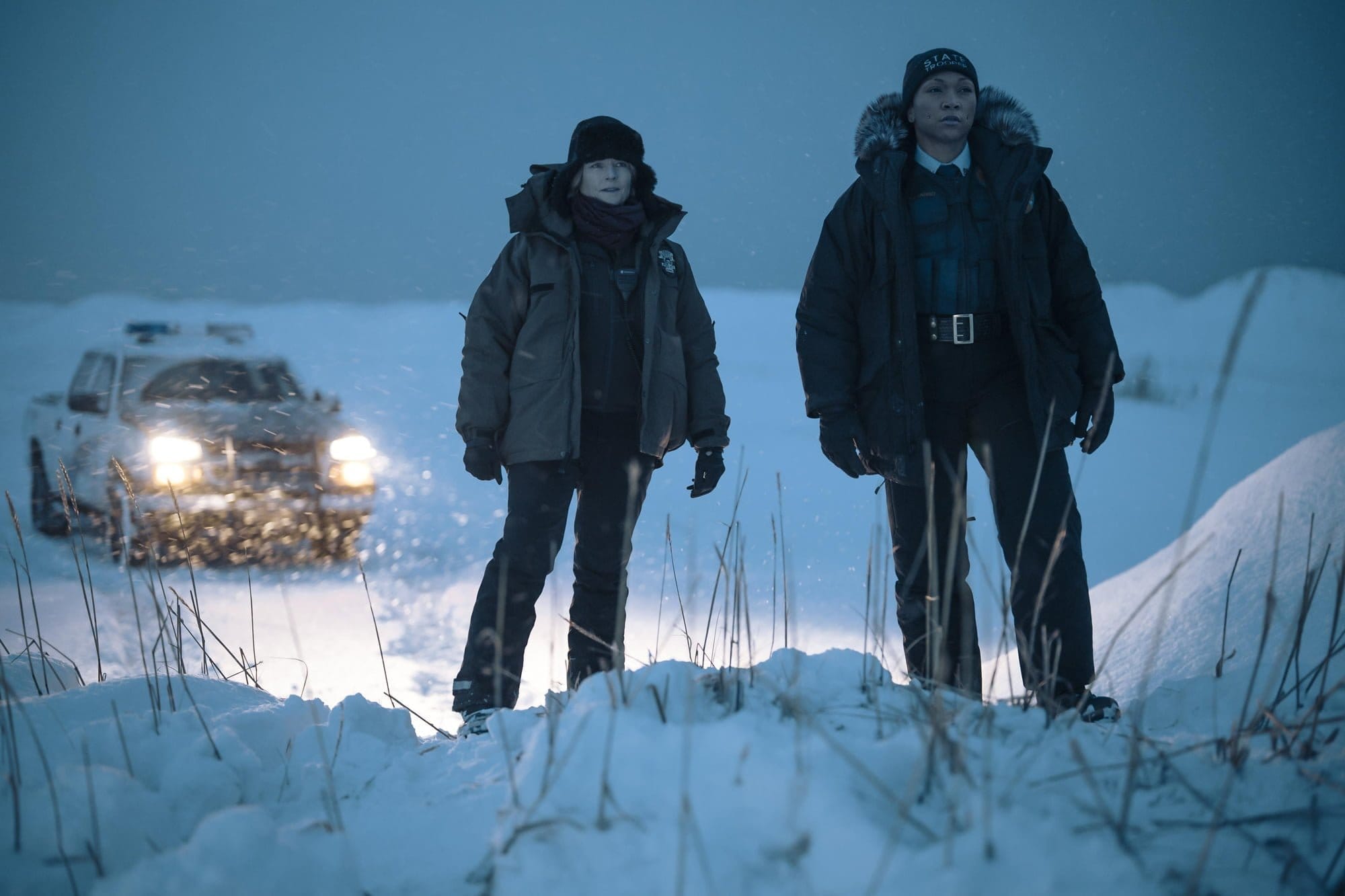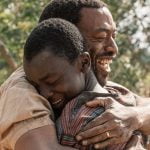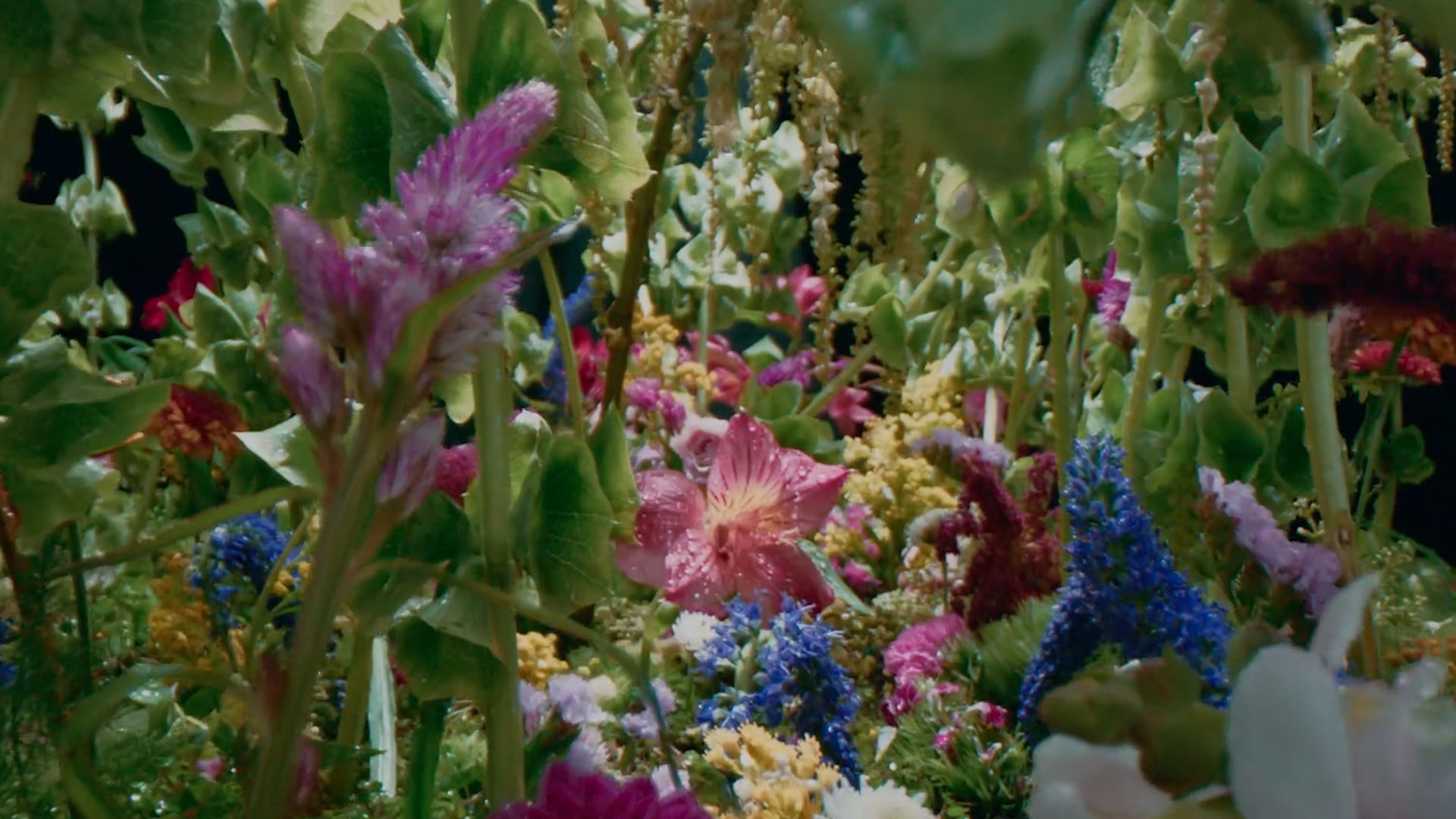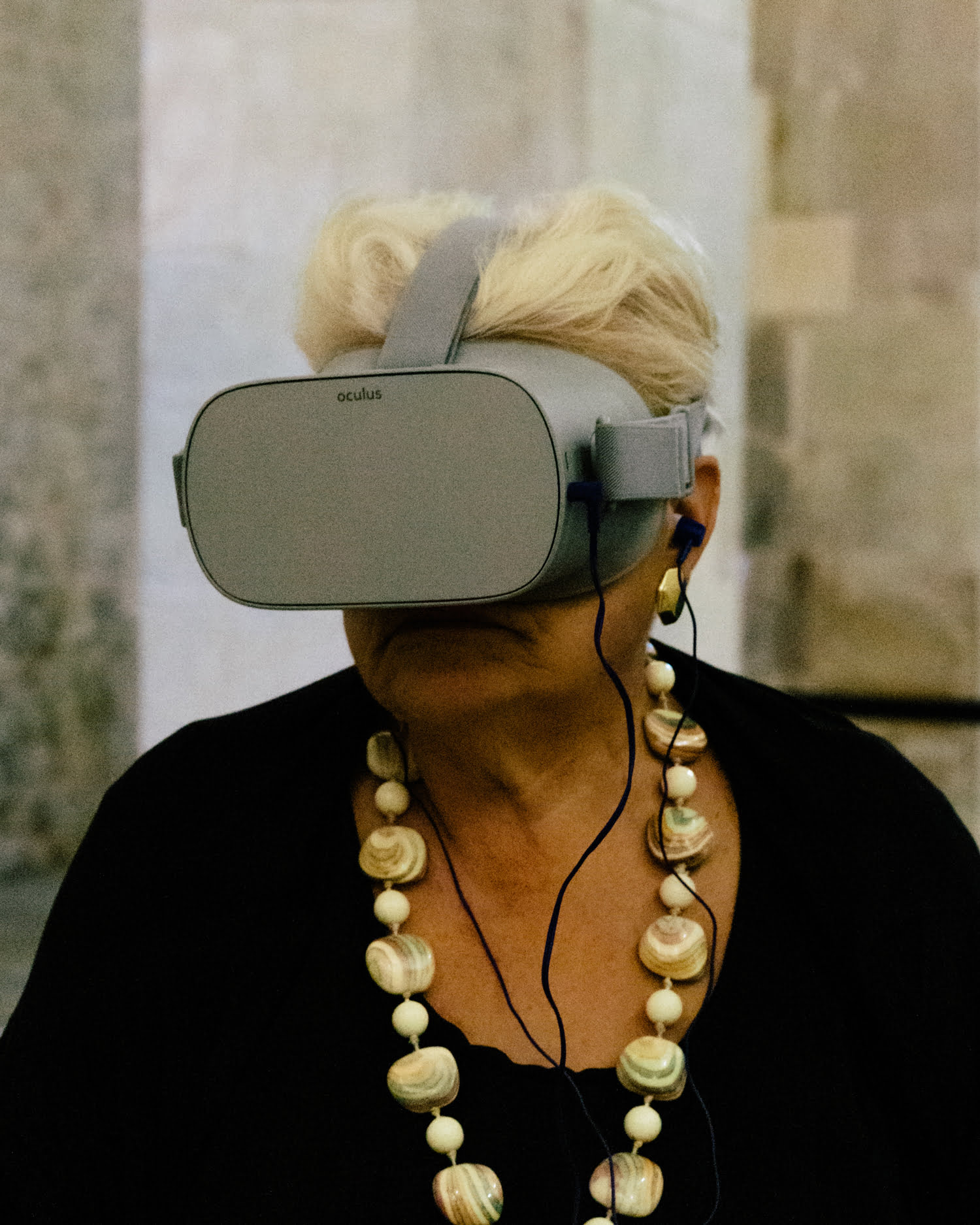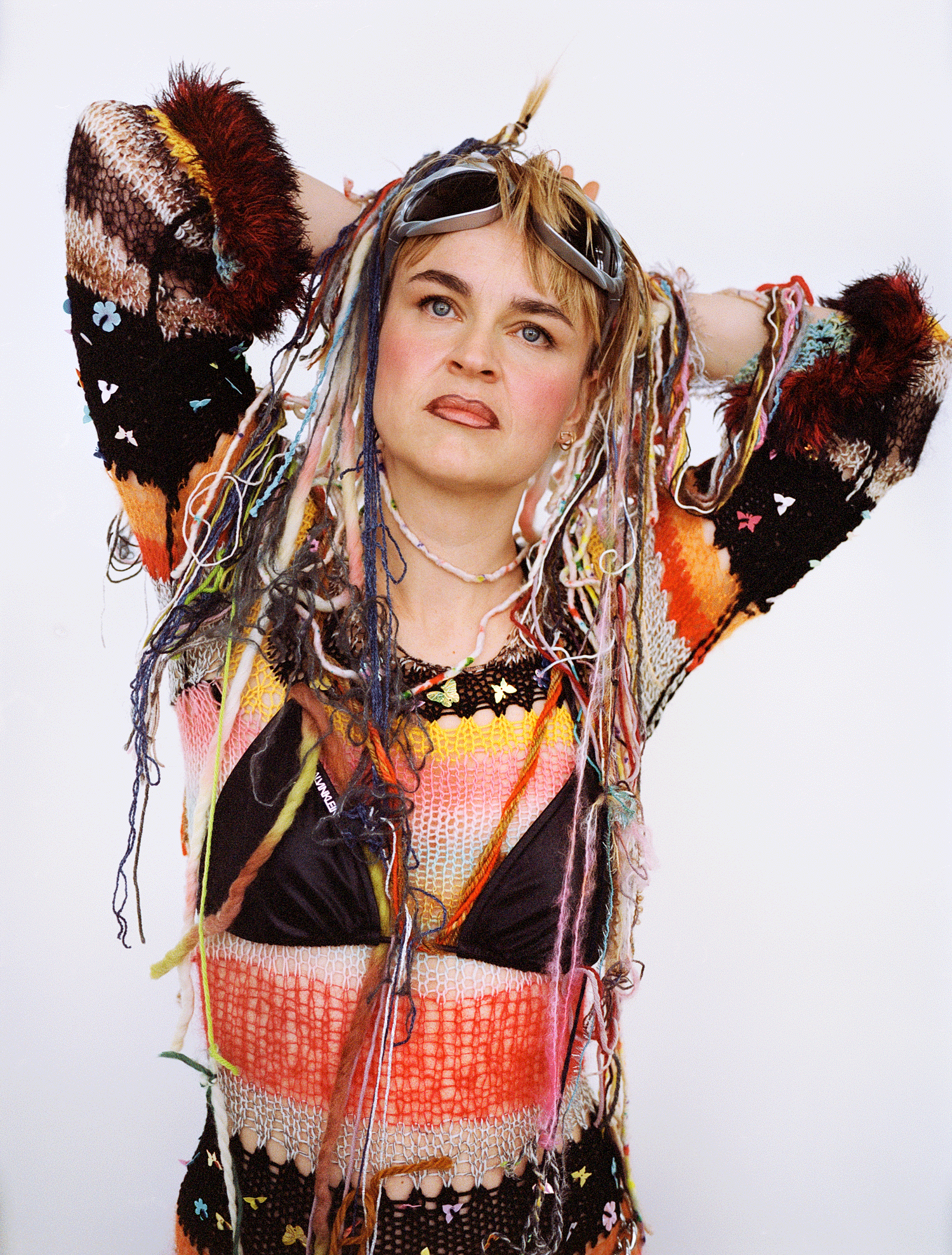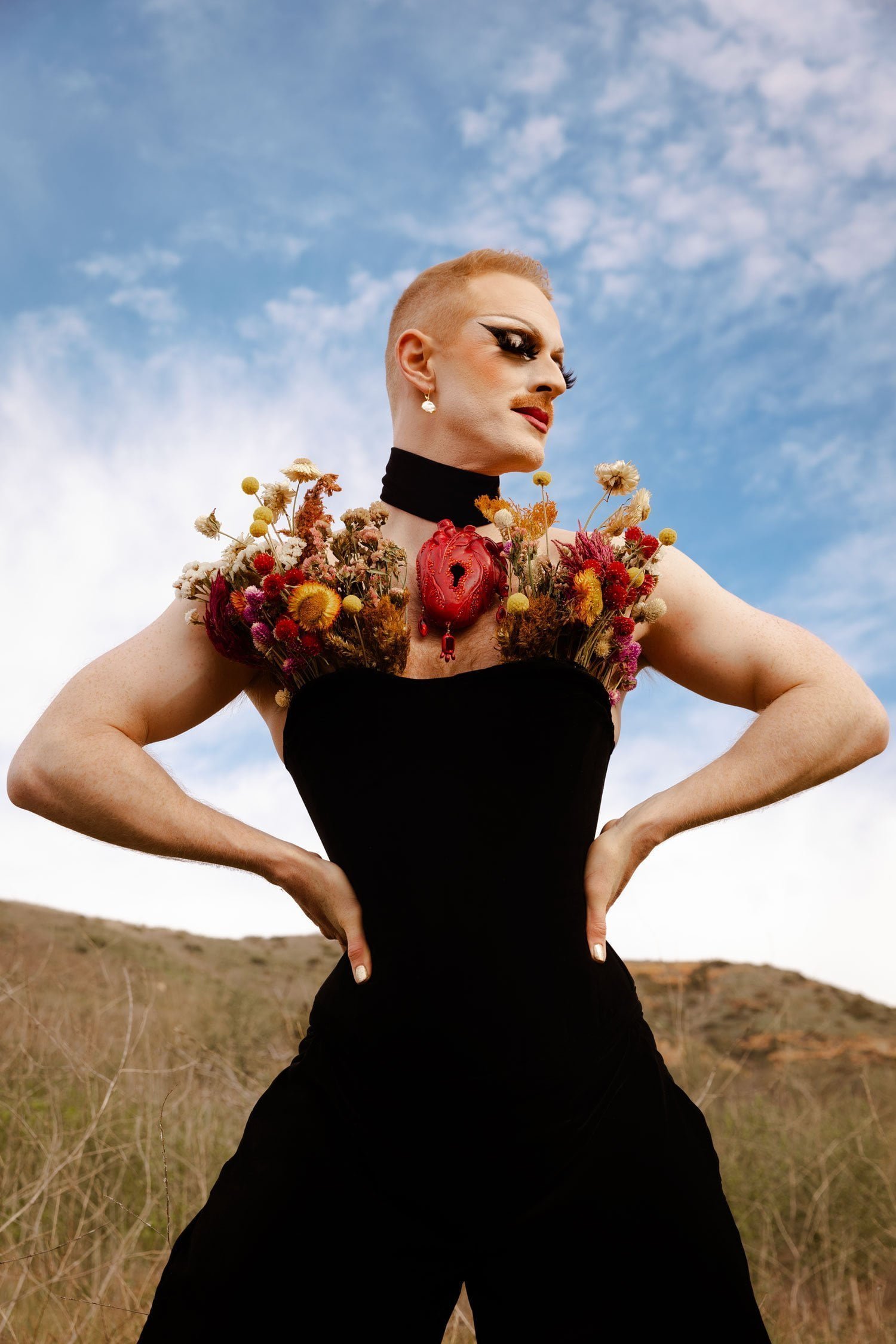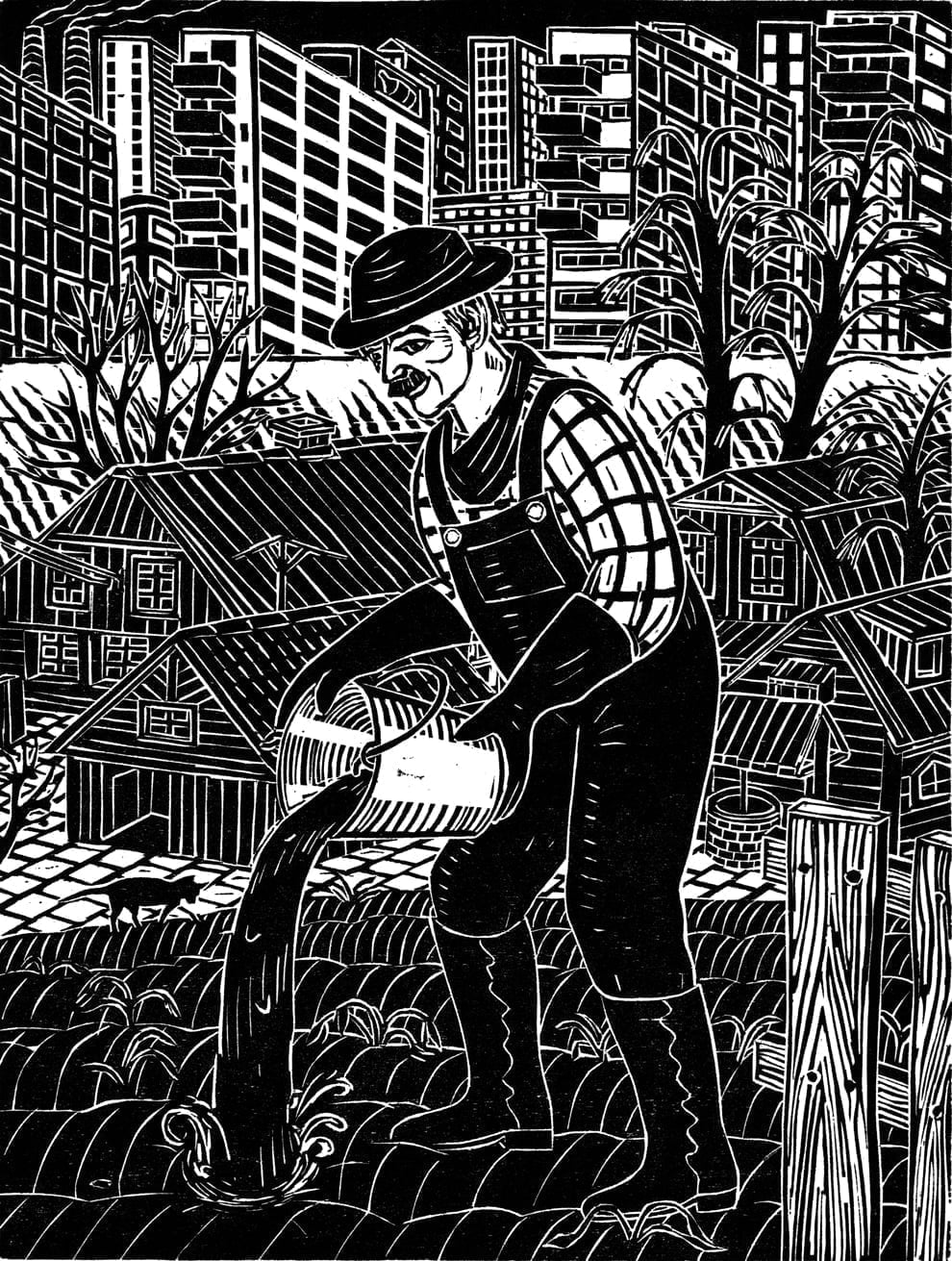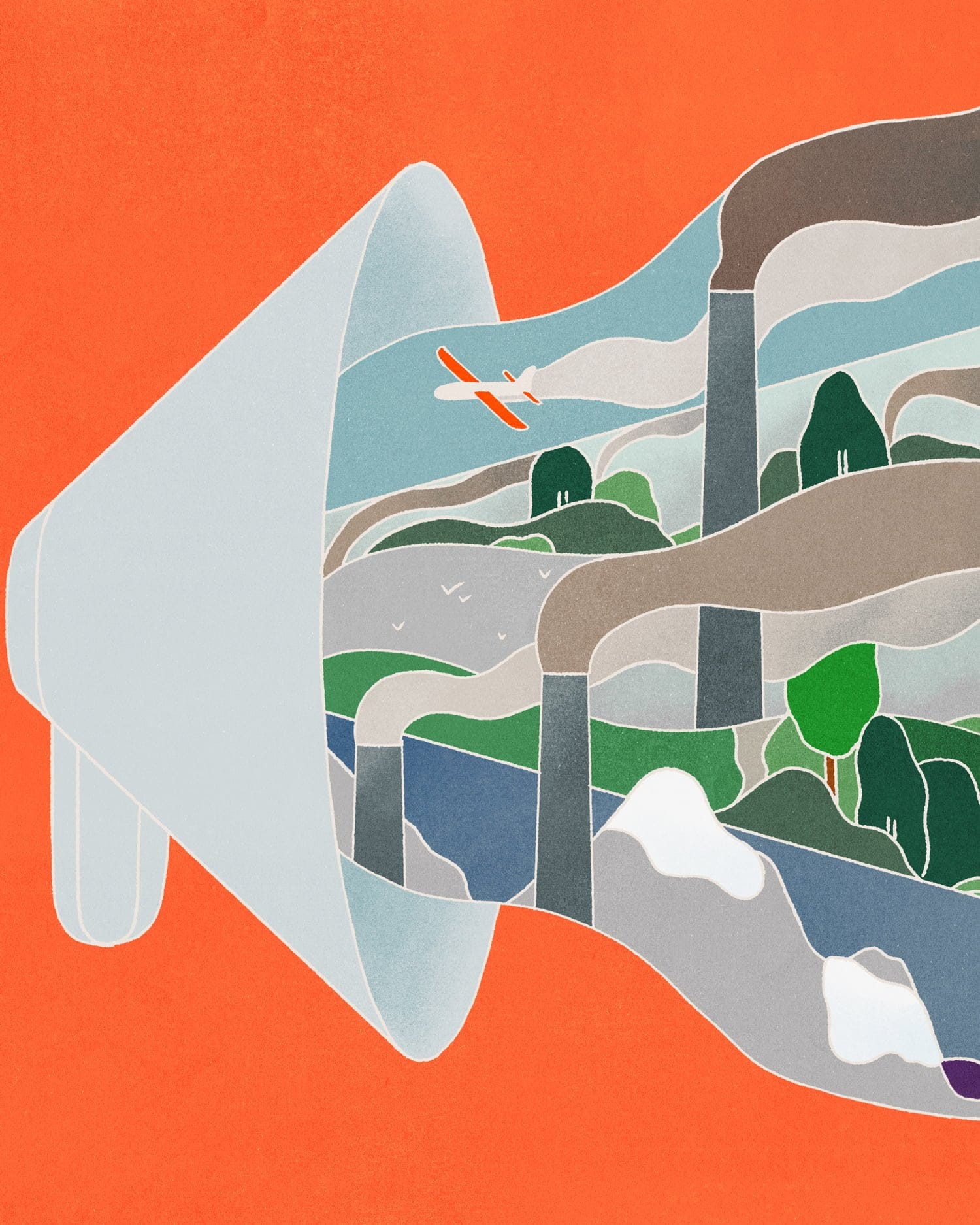The season finale drew 3.2 million viewers, but True Detective is so much more than just another hit crime show. The power of nature, and the impact of climate change on Indigenous groups, are woven into the icy core of a story that is both horrifying and hopeful.
“She is awake,” gasps a trembling man in a remote Arctic research facility. He stares at us, wide eyed and terrified to death, the moment before the power goes out and darkness envelops him. It is not just an effective and creepy introduction to the horror elements of the fourth (and arguably best) season of one of today’s most hyped and discussed TV shows. It is also kind of a mantra for the whole season, constantly hinting at our collective fears of the consequences of the climate crisis. It’s not just scarily and masterfully told by Mexican director and writer Issa Lopéz, it’s also surprisingly hopeful.
Climate change has been working its way into films and TV for some decades now. From Al Gore’s earnest (and honestly pretty boring) slide show tour in An Inconvenient Truth (2006) to Adam McKay’s barely veiled parable Don’t Look Up (2021) we have been trying to figure out how to have meaningful conversations about the topic in mainstream culture. Is climate change a serious scientific matter not to be joked with, or an inevitable disaster we might as well laugh at?

Nowhere in pop culture do we get a more sophisticated or layered answer than in True Detective: Night Country. In the series, nature affected by climate change is not limited to being a scary, dead meteor coming to crush us, or a delicate snowflake we have to save. She’s both, but also something much more terrifying and mysterious. She’s awake.
Support Imagine5
We’re able to tell stories like this because of people like you. Join others from around the world in supporting Imagine5’s mission towards a sustainable future. Join today and receive our latest magazine for free.
Progressive politics and jump scares
Don’t worry, I won’t spoil it for you. But now that we have all the pieces of director Issa López’ icily funny, unbearably cool (literally, it’s set in Alaska) and surprisingly progressive iteration of the cop show, we see for certain how the horror was always about much more than grisly murders on ice. Don’t get me wrong, this is some of the grisliest stuff on television. Every single episode out of the six had me wrenching gleefully in some kind of terror: from spooky jump scares to disgustingly creative body horror, Night Country has it all. And it works in service of the biggest, most important story: the one about our relationship to nature and the planet Earth.
From the first scene, it’s clear that Issa López wants to tell at least two stories: a literal one and a supernatural one. The way these two threads weave around the central murder mystery keeps us guessing up until the end.
Former boxing world champion Kali Reis gives a magnetic and physically grounded performance as state trooper Evangeline Navarro, who is of Inupiaq descent. Navarro is routinely teased about her connection to the spirit world by Jodie Foster’s character, who doesn’t want her clues from a “spirit animal”. But what Navarro tunes into are not just nebulous ghostly instructions, they are deep and important links to the troubled history of the town and its suffering communities. The local inhabitants are certainly stewards of nature, but not just because of an undefined spiritual bond with the natural world. Their community is inspiring, but also instrumental. It is political and practical.

Issa López told Variety that the show “both believes in the supernatural and believes that there is a rational explanation in the everyday world for every single event that you see”.
The constant unresolved tension also makes way for a third, almost too-real horror story, the one about climate change. The first shots of episode one are of an Alaskan hunter witnessing a herd of caribou running scared on the ice and mysteriously jumping over a ledge to their deaths. Something is off and the wildlife is first to suffer the consequences. The by now heartbreakingly cliché photos of emaciated polar bears clinging to melting sea ice come to mind. And, of course, people are next.
We could all be corpsicles
What happens to the people, makes the caribous’ choice seem like the smart one. Eight scientists go missing from the Alaskan research facility but most of them are soon discovered dead in the ice, frozen together in a huddle of flesh off-handedly and hilariously referred to as ‘the corpsicle’ by Jodie Foster’s starring detective Liz Danvers.
Created by a person with Mexican roots for mostly western viewers, the corpsicle is darkly funny. It feels like López is using her own culture’s closer relationship to death to freak out ‘the white people’. The people who are so distanced from the afterlife, that we need cop shows and murder mysteries ad nauseam to even get in touch with our own mortality.

The remarkable thing about the spectacle of the corpsicle is not just how well made it is, though it is certainly that. It must be one of the most amazing special effects ever produced. Reported to weigh over a tonne, the ghastly block of flesh has taken months to make from silicone molds and the actors painfully miming the characters’ excruciating demises. Painstaking attention to detail was paid down to individual hairlines and teeth coloring.
There is good reason for having spent the time and resources on the corpsicle, because it is not just used for a simple jump scare. The detectives have to keep it in a closed-down ice rink, where it slowly melts, episode by episode. It becomes the centerpiece of the story, not just a symbol of the truth slowly coming to light, but also a looming, frozen threat to all of us watching.
The men had been drilling the ice in the vulnerable Alaskan ecosystem, we quickly learn. There are many (spoilery) details to that story, but the simplest version might as well be the one of climate change: Men exploit nature. She awakens. Men die in abject horror.
The slowly melting corpsicle in the brutally lit ice rink challenges us to stare at it, not just cower in fear, but to investigate in horror. To contemplate our own implication: We all contribute to the climate crisis, we could all be corpsicles. Maybe some of us should be. We all know that the consequences of climate change are not distributed fairly. The natural world and economically marginalized people bear the brunt.

Community in the night
We see this in the show’s fictional town of Ennis, where a huge mining company is hurting both nature and the local communities by polluting the water. It is a testament to the dedication of the show to issues beyond police work and visceral horror, that one of the most impactful scenes of the whole season, is that of Navarro accidentally busting into a locally organized birthing center.
Someone is giving birth in a tub while a big group of women are helping and singing. The situation is especially tense, because we know that the pollution in the area is killing babies. Navarro puts her gun aside and goes to boil some water.
López and her writers worked with Inuit consultants to get the representation of the Indigenous community right. The show strikes a strong balance between illuminating the current issues of colonialism but also showcasing the agency of the communities at risk in a very real and nuanced way.
So incredibly, amid all the darkness, Night Country provides hope. It provides fresh perspectives on the strength of community and spectacular metaphors for the horror we might feel when confronted with the truth of how we are hurting the planet. It’s actually hard to look away. And this is a small revolution when it comes to stories about climate change and those most affected.

Kasper Lundberg is a Danish journalist and writer. He has hosted several different tv and radio shows about pop culture. He is the showrunner of the dramedy series Always Be Closing (Guldfeber) for DR and is currently writing a non-fiction book about psychedelic therapy soon to be published by People’s. You can follow him on instagram.
Watch now
Watch the show on HBO Max
Watch hereDiscover 10 movies that will make you look at the planet differently
Read more